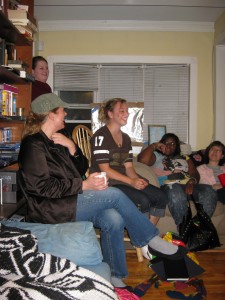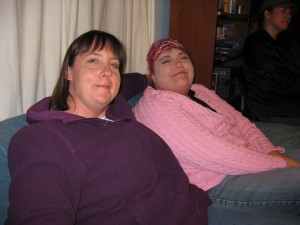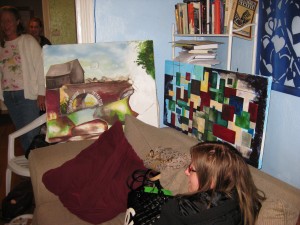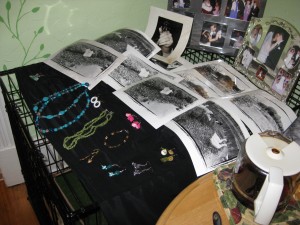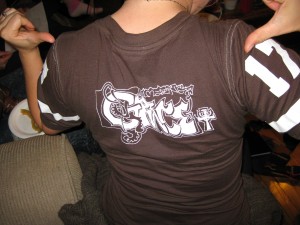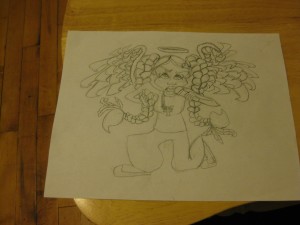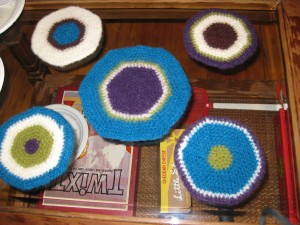I hate it when I am asked to perform a specific piece, but just “without the swear words.” I have a hard time coping with that. Usually, I offer to perform a different piece or even write a new piece for the specific event. If I really, really believe in the cause and the poem they want is really, really
relevant to the cause, I might perform an amended version. I hate doing that.
In my youth, I was an extremely judgmental person. I joke about my protestant nun phase, but at the time there was nothing funny about it. Other kids and some adults avoided me because I uncompromisingly expected everyone to follow my weird little brand of strict religious practice, and considered anyone who failed to do so a depraved human being. I wish I was exaggerating.
Some more contact with the outside world had started to soften my outlook, and I started dating the man who would become my husband. He was honest with me about his lifestyle, which did not fit into my code of conduct, but also guarded his behavior so as not to overly offend me. His friends from college, I realize now, also were very careful when I was around. Although it did not feel like it at the time, since they were so far outside of what I considered acceptable. When I prayed on how to handle this new and frightening situation, I felt that God challenged me to listen closely to what
these people were really saying. I started using the profanity that used to shut me down as a reminder to pay close attention to the meaning of the whole sentence. This practice helped me become a kinder, wiser, and more loving person.
In the end, I have a very positive relationship with profanity. Its presence in my life has been almost entirely good. On the other side of things, the deliberate and uncompromising absence of the seven dirty words has meant anger, meanness, bitterness, and isolation to me. So when someone asks me if I would do what I am doing without the curse words, it’s easy for me to hear them asking me to lose the freedom I have found, to go back to being a person I don’t like, to reject people who might love me given the chance.
Thankfully, I can learn to listen even better. I can listen to what people are actually saying, and I hope that I will learn to listen to the heart behind the words too. I can hear people who want my poetry at their event or in their publication saying that they believe in what I do. I can hear people who want to modify my poems saying that they want more people to experience and appreciate my work. Even if I won’t or can’t agree to amend my work, I don’t have to be a person who reacts against people because of the words they use.
